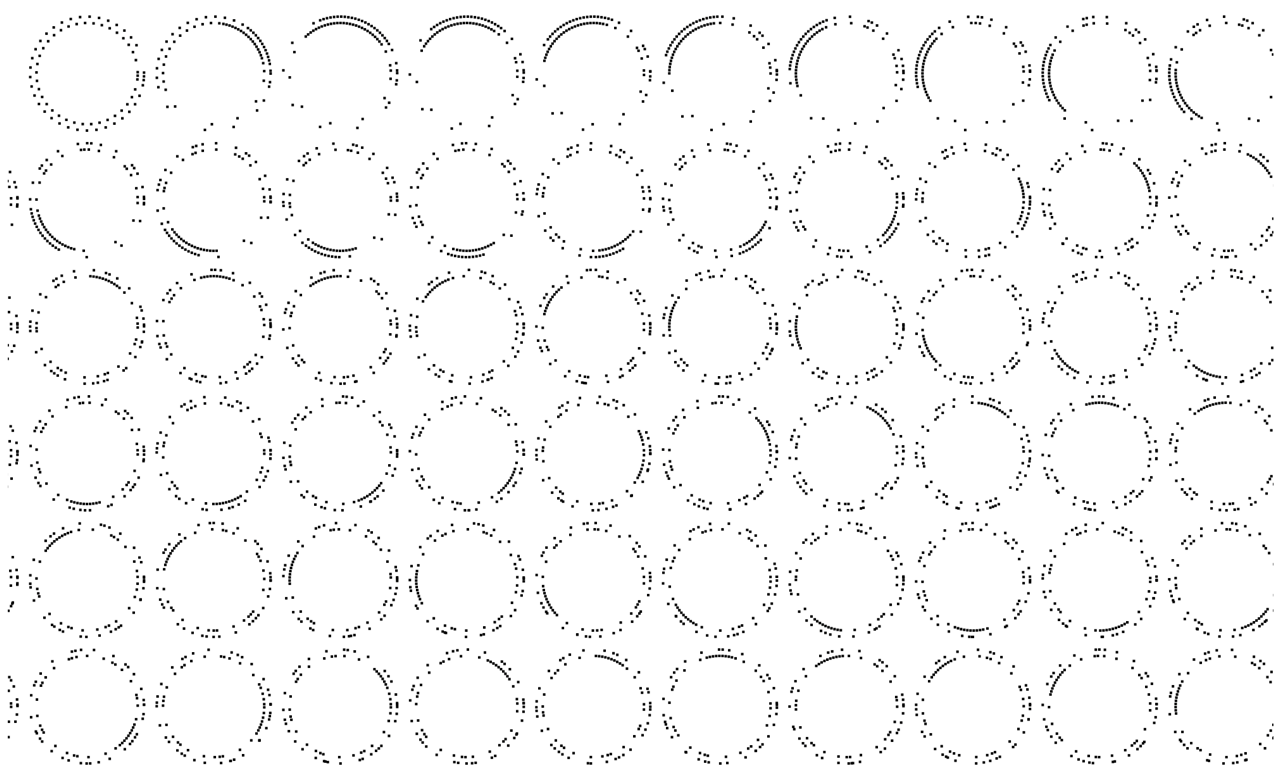Friends!

Since I’m in LA, I decided to check out the CDG-LA offices. What should have been a 30 minute drive took 60, and when I got to the office and complained about the traffic, of course everyone here was ready to sympathize and share their own traffic stories.
I brought the VPRI archive binder and gave a clumsy demo of that in front of the epic shelves of now-digitized VHS tapes[0], and I’m excited to take this binder further. (Incidentally, and this is deserving of its own write-up, but I’m improving my computer vision chops and can now fairly reliably pick out pages from a book.) It would be fun to set up VPRI archive terminals in SF and LA that are linked in some way, which I may attempt in time for the All-Hands.
But back to traffic, because it’s always back to traffic in this city. Aran showed me an in-process visualization he’s been working on, inspired by Bret’s work and leveraging this circular-road traffic simulation (is there a metaphor in there?), where he wants to show “what-if” scenarios in a traffic simulation. I was frustrated by only seeing one moment at once, or by seeing traffic abstracted from “seeing something moving slowly or not at all” to numbers that stand in for that (i.e., “velocity”), and I found myself making many of the arguments I have been developing about video. Specifically, that the human perceptual system has a lot of built-in facilities for understanding motion, but that doesn’t mean you need to be trapped in one moment. So while Aran was meeting with a student, I threw together a quick and dirty traffic simulator that shows you five minutes of behavior all at once as a time-space-multi-phase-loop (is there a name for this technique?):

It’s non-interactive, though the code should support divergent what-if’s if I decide to push this any further[1]. Aran noted that my approach to “pseudo-animation”—preserve motion, while abstracting out time—was an interesting departure from the ladder. This may be worth considering in more detail. That is, my claim would be that you would understand the car better if you saw it moving along its path in all possibilities, not only the trace of its path. Bret—did you play with any small-multiple animations when you were making that?
Now, back to the traffic,
R.M.O.
[0] VHS tapes in shelving are not un-discoverable. One title caught my eye that I hadn’t noticed leafing through hard drives or looking at thumbnails. Ironically, the title that caught my eye was Neil Postman: Informing Ourselves to Death, which is a presentation he gave at Apple. We should watch that together.
[1] I can see that Rich Hickey is starting to have an influence on me already: when you “tick” the simulation forward in time, it doesn’t mutate any state, but instead returns a new system.